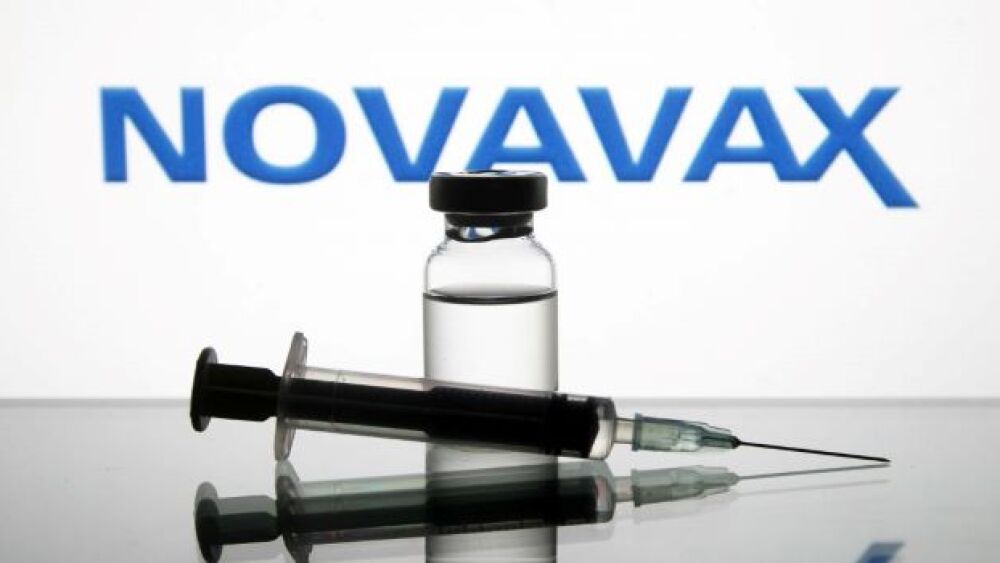The three companies raised their respective full-year earnings forecasts on Thursday, buoyed by robust sales in the second quarter and their continued dominant market positions.
AstraZeneca, Roche and Sanofi on Thursday each posted their financial results for the second quarter of 2024, raising their respective full-year profit outlooks after exceeding analyst expectations for the first half of the year on the back of strong market demand for their products.
AstraZeneca made nearly $13 billion in the second quarter, representing 17% year-on-year growth at constant exchange rates. For the first six months of 2024, the U.K.-based pharma recorded product sales exceeding $25.6 billion, which was an 18% increase from the prior year period.
Much of this growth came from AstraZeneca’s cancer franchise, which jumped 19% to $5.3 billion in Q2. The pharma’s best-selling oncology assets were the antibody-drug conjugate Enhertu (trastuzumab deruxtecan), the non-small cell lung cancer therapy Tagrisso (osimertinib) and the non-Hodgkin lymphoma treatment Calquence (acalabrutinib).
AstraZeneca’s cardiovascular, renal and metabolism products also did well in Q2. The business division generated $3.1 billion, corresponding to 22% year-over-year growth.
Fueled by strong performance in the quarter, AstraZeneca raised its full-year revenue guidance. The pharma now expects its total revenue to increase by a mid-teen percentage, up from a previous low-teen forecast. Core earnings-per-share (EPS) is now also expected to grow by a mid-teen percentage.
Ruud Dobber, president of AstraZeneca’s biopharma business unit, in a media call said that the company has finished Medicare drug price negotiations for its diabetes drug Farxiga (dapagliflozin). Overall, the impact of the Inflation Reduction Act on Farxiga “will be very limited,” especially since the new pricing will take place in 2026, according to Endpoints News.
Roche also posted overall positive mid-year results on Thursday, with its pharmaceutical sales growing 5% at constant currencies to nearly $25.8 billion in the first six months of 2024. As in the case of AstraZeneca, Roche is raising its full-year forecasts and now anticipates a mid-single-digit growth in sales across its entire business—encompassing both its pharmaceuticals and diagnostics units.
The pharma group also expects its core EPS to increase in the high-single-digit range.
Roche’s best-selling assets were its multiple sclerosis therapy Ocrvus (ocrelizumab) and the hemophilia A medicine Hemlibra (emicizumab-kxwh), which grew 8% and 7%, respectively. Vabysmo, which secured a label expansion for retinal vein occlusion in October 2023, made nearly $1.8 billion in the first six months of 2024, representing 93% year-on-year growth.
Roche also revealed that it has discontinued the development of SPK-3006, an investigational gene therapy for Pompe disease. The candidate was originally developed by Spark Therapeutics, which Roche acquired in 2019. SPK-3006 was in a Phase II study before being discontinued.
In separate news, Sanofi on Thursday announced that it raked in $11.6 billion in Q2, up around 10% from the same period the prior year. In the first six months of 2024, Sanofi recorded net sales of more than $23 billion.
Dupixent (dupilumab), its blockbuster allergy drug, grew 29% to hit nearly $3.3 billion in sales in Q2. The pharma still expects the drug to reach around $14 billion in sales by the end of the year. Other strong assets include the long-acting insulin glargine brands Lantus and Toujeo, which brought in $431 million and $349 million, respectively.
Sanofi also raised its full-year guidance, now expecting its business EPS to be stable at constant exchange rates. Previously, the pharma warned investors that business EPS could dip by a low single-digit percentage.
Part of this optimism comes from the promising prospects of its respiratory syncytial virus (RSV) antibody Beyfortus (nirsevimab), which the pharma is building toward blockbuster status, according to its business presentation. The company, together with its partner AstraZeneca, is working toward expanding its manufacturing capacity for Beyfortus in preparation for the coming 2024/2025 RSV season.






